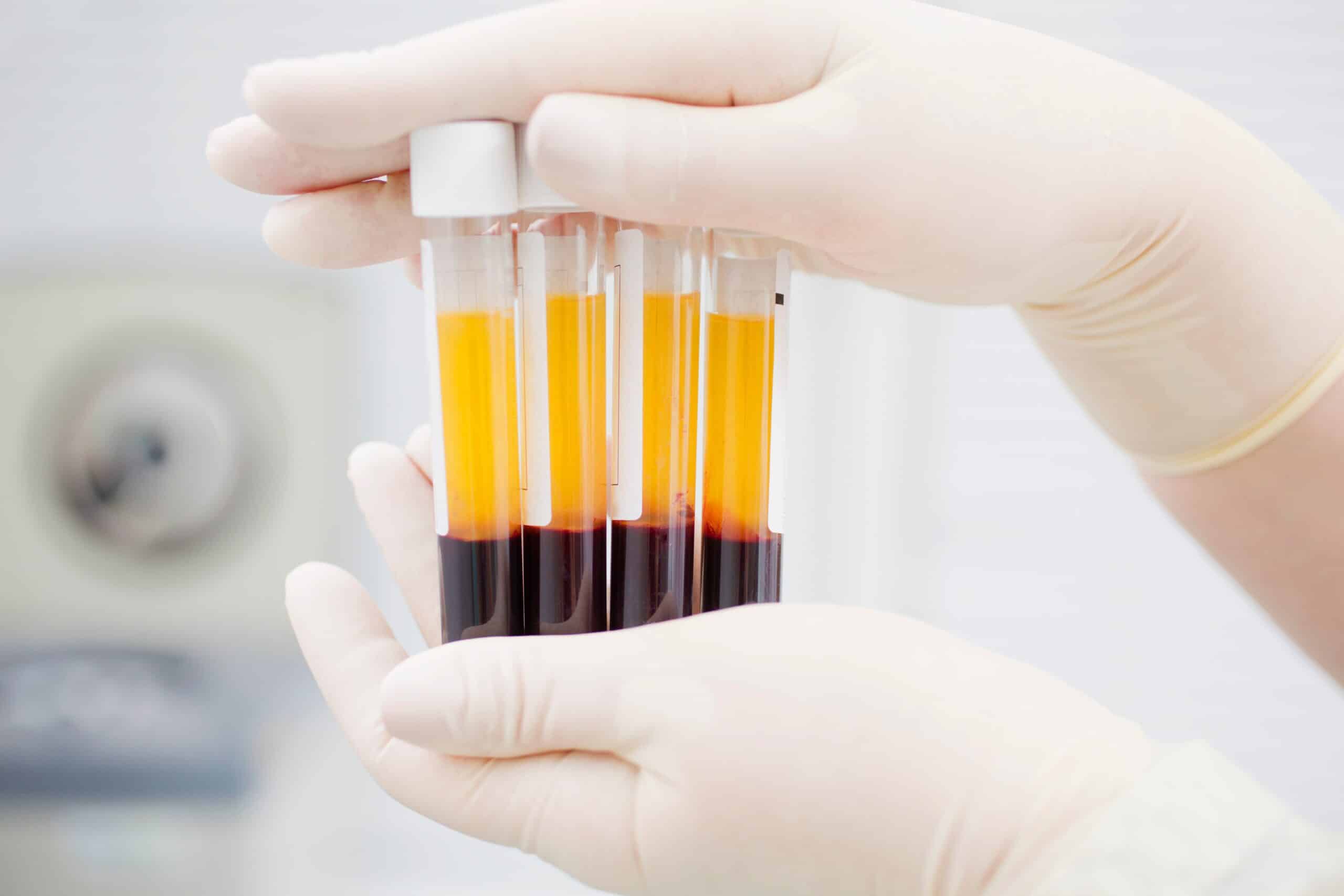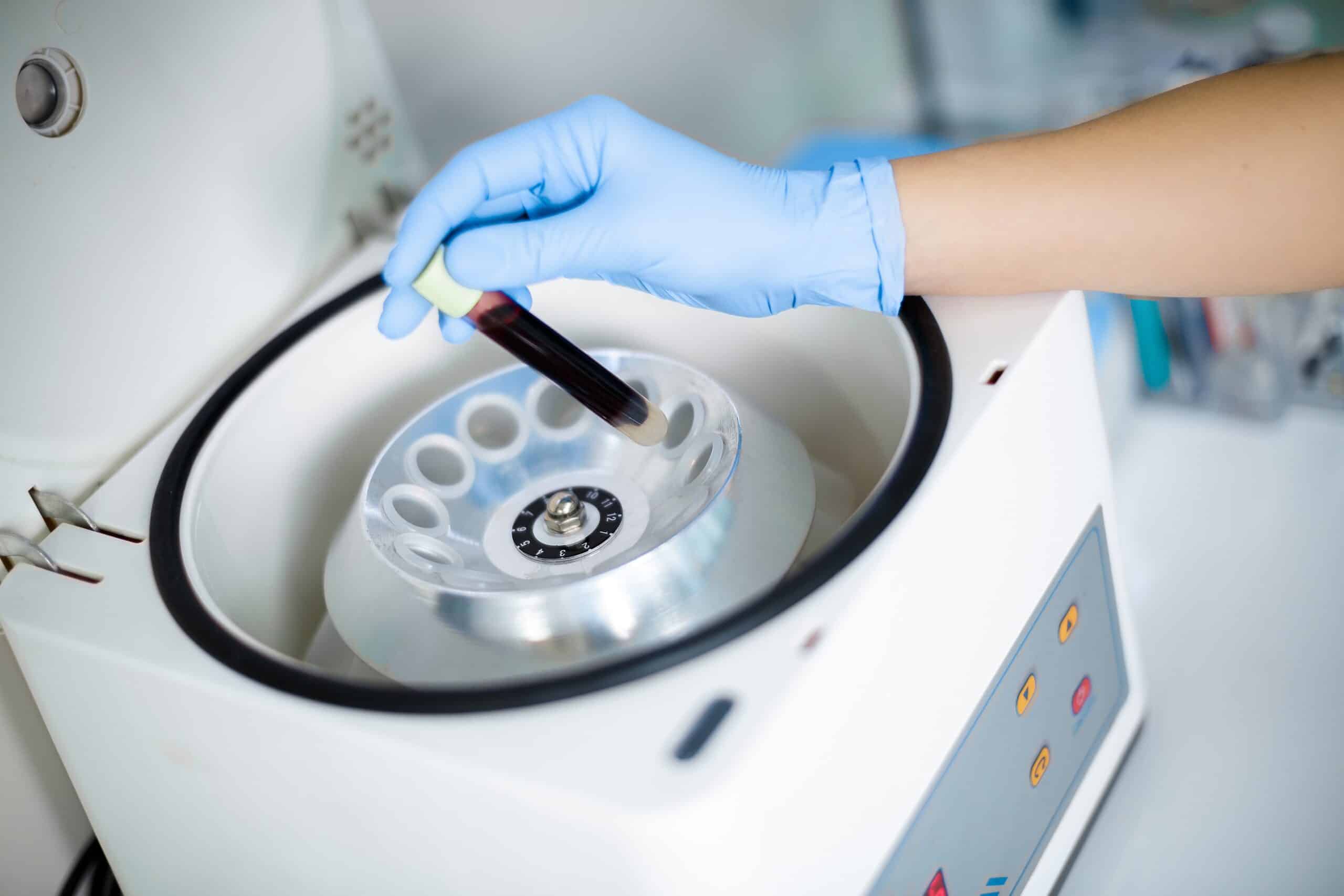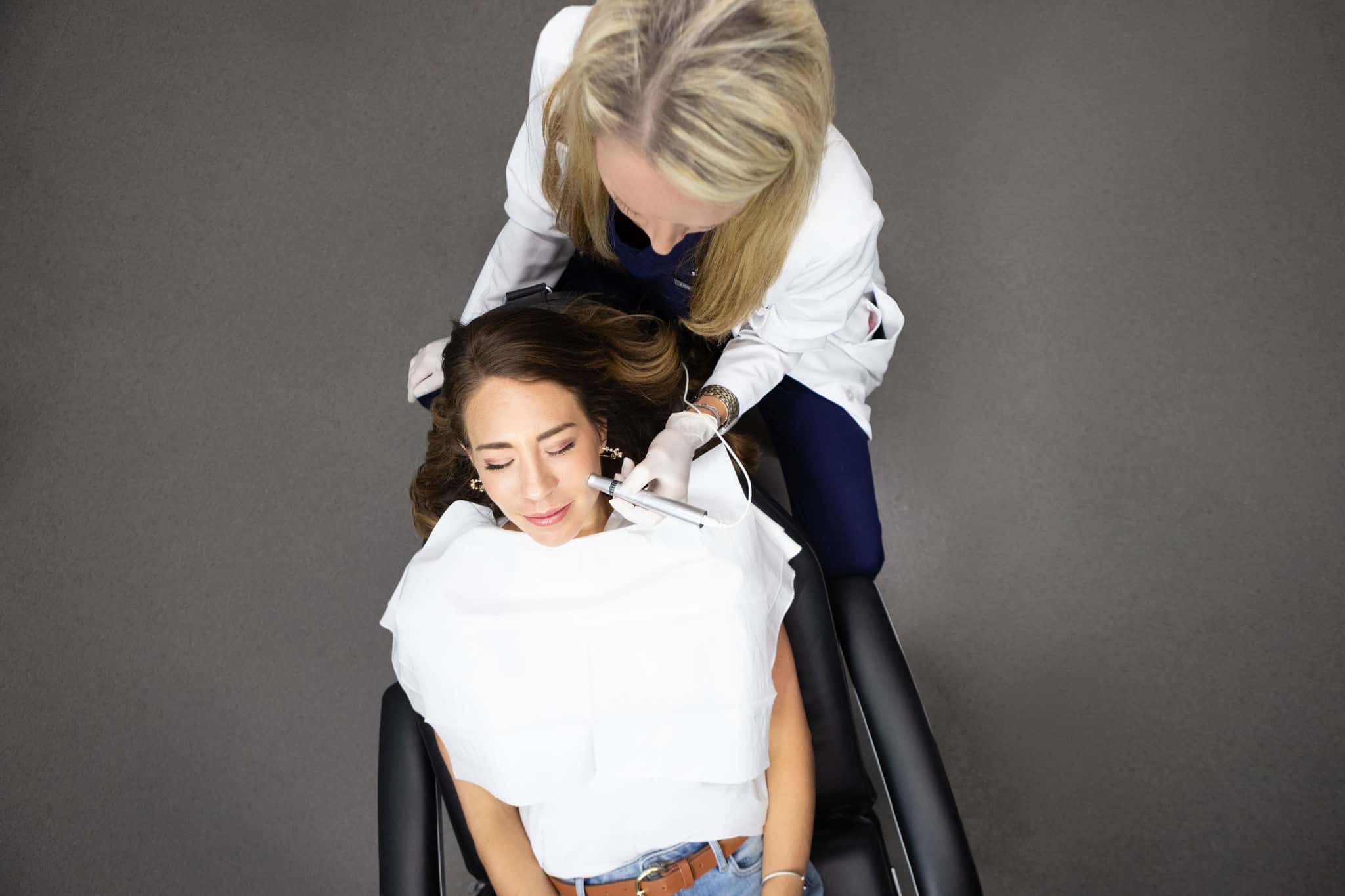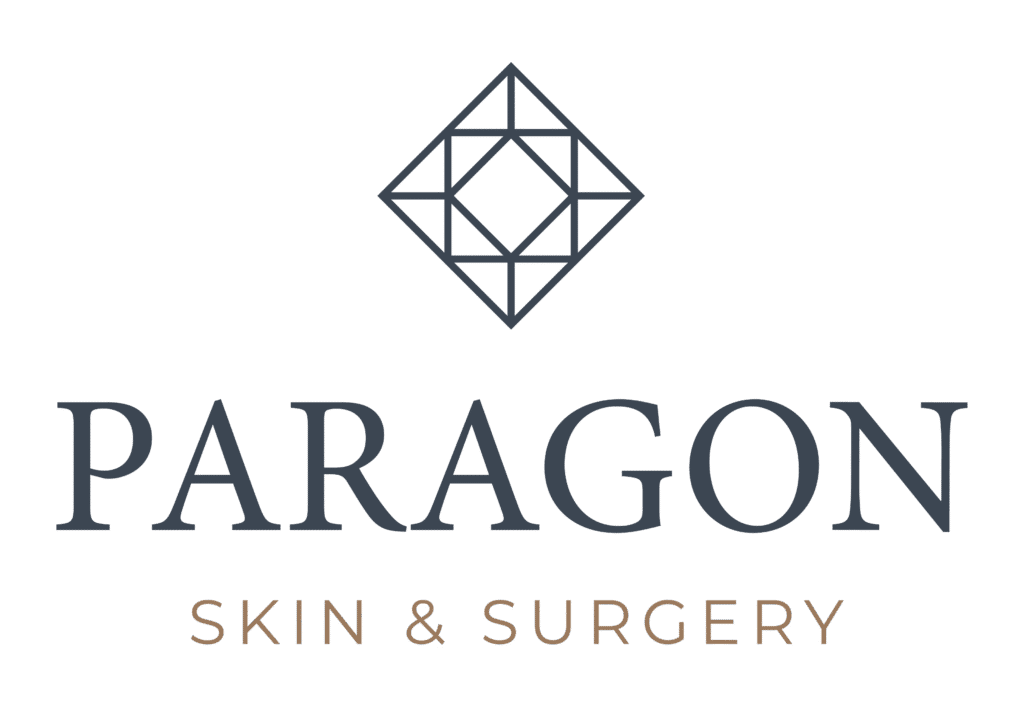Once a well-kept secret of athletes and plastic surgeons, platelet-rich plasma (PRP) has now become a sought-after solution for glowing skin. With its reputation for speeding up healing and boosting collagen production, PRP is making waves in facial rejuvenation, acne scar treatment, and more.
Overview of Platelet-Rich Plasma
Platelet-rich plasma is a concentrated portion of your own blood, loaded with platelets, growth factors, and healing proteins. These components support tissue repair, enhance collagen growth, and improve overall skin quality.
PRP is commonly used in:
- Facial treatments to reduce fine lines and wrinkles
- Hair loss therapy on the scalp (especially in cases of alopecia)
- Healing support for post-surgical recovery or chronic skin conditions like eczema and psoriasis
- Joint injections for arthritis, injuries, and pain
Since PRP uses your own blood, there’s a lower risk of allergic reaction—making it a popular choice in cosmetic treatments and skin care.
Benefits of Platelet-Rich Plasma in Skin Rejuvenation
The benefits of PRP go beyond smoother skin—it stimulates the body’s natural healing mechanisms, encouraging collagen growth and tissue regeneration without the need for surgery.
Here are just a few reasons why PRP is gaining traction in the world of facial skin rejuvenation:
- Boosts collagen production – Reduces wrinkles, tightens skin, and improves elasticity.
- Enhances skin tone and texture – Fades acne scars, minimizes large pores, and refines overall skin texture.
- Improves healing – Accelerates post-procedure recovery and helps repair sun-damaged or aging skin.
- Natural results – Since PRP uses your own blood, it integrates seamlessly with your body’s own healing process.
Process of Extracting Platelet-Rich Plasma
Wondering how PRP is made? The process is surprisingly simple—and entirely centered around your own blood.
Here’s how it works:
- Blood draw – A small vial of blood is taken from your arm.
- Centrifuge spin – The blood is placed in a centrifuge to separate its components, isolating the platelet-rich plasma.
- Preparation – The PRP is then collected into a syringe for injections.
- Application – It’s either injected into the face or applied topically after micro-needling during treatments like the vampire facelift.
This quick and relatively painless procedure typically takes under an hour, and many patients return to normal activities the same day.
Applications of Platelet-Rich Plasma in Skin Rejuvenation
PRP has a broad range of uses when it comes to cosmetic and dermatology applications.
It’s commonly used for:
- Facial rejuvenation – Often referred to as the PRP facelift or vampire facelift, this improves skin tone, reduces wrinkles, and boosts radiance.
- Treating acne scars – The healing properties of platelets help smooth pitted scars and stimulate collagen in damaged areas.
- General anti-aging therapy – PRP can help slow visible signs of aging, especially in high-movement areas like the cheeks and under the eyes.
💡 Fun fact: The “vampire facial” got its name due to the use of your own blood during the procedure—and it’s more science than gimmick.
Results and Success Rates of Platelet-Rich Plasma Therapy
Though not an overnight miracle, PRP delivers noticeable improvements over time—especially with consistent treatment.
What kind of results can you expect?
- After 1–2 sessions – Subtle enhancement in skin tone and hydration.
- After 3–4 sessions – Smoother skin, fewer fine lines, and visible reduction in acne scars.
- Long-term – Ongoing improvement in skin texture, brightness, and elasticity due to increased collagen production.
Most people begin to see benefits within a few weeks, with optimal results appearing around 3 months after the initial PRP treatment. Maintenance sessions every 6–12 months help sustain improvements.
Factors Affecting the Efficacy of Platelet-Rich Plasma Treatment
While PRP is widely effective, results vary based on individual factors. Understanding what impacts your treatment outcome helps set realistic expectations.
Key factors include:
- Age and overall health – Younger patients with healthy immune systems often respond faster.
- Skin condition – Deep wrinkles or severe scarring may require more sessions or additional cosmetic support.
- Lifestyle habits – Smoking, lack of sleep, and poor skin care routines can hinder your body’s natural healing process.
- Blood quality – Since PRP relies on your own platelets, hydration and good circulation matter.
Consulting with a trusted dermatologist ensures your treatment plan is tailored for the best outcome.
Side Effects and Risks Associated with Platelet-Rich Plasma Therapy
While PRP treatment is considered low-risk, especially compared to invasive procedures, there are a few minor side effects worth noting. Since the procedure uses your own blood, allergic reactions are extremely rare.
Common side effects include:
- Mild bruising or swelling at injection sites
- Temporary redness or tenderness around the face
- Light bleeding or irritation immediately after the procedure
Most side effects resolve within a day or two. Those taking blood thinners or with certain autoimmune conditions should consult a medical professional before beginning rich plasma therapy.
Professional Recommendations for Platelet-Rich Plasma Therapy
If you’re considering PRP, a proper consultation is key. Dr. Fomin and the providers at Paragon Skin & Surgery can help determine if platelet-rich plasma is right for your needs.
Here’s what professionals recommend:
- Schedule a pre-treatment appointment to assess your skin type, concerns, and health history
- Avoid anti-inflammatory medications before the procedure, as they can interfere with the healing process
- Commit to follow-up sessions to get the most from your PRP injections


Overview of Platelet-Rich Plasma
Platelet-rich plasma is a concentrated portion of your own blood, loaded with platelets, growth factors, and healing proteins. These components support tissue repair, enhance collagen growth, and improve overall skin quality.
PRP is commonly used in:
- Facial treatments to reduce fine lines and wrinkles
- Hair loss therapy on the scalp (especially in cases of alopecia)
- Healing support for post-surgical recovery or chronic skin conditions like eczema and psoriasis
- Joint injections for arthritis, injuries, and pain
Since PRP uses your own blood, there’s a lower risk of allergic reaction making it a popular choice in cosmetic treatments and skin care.
Benefits of Platelet-Rich Plasma in Skin Rejuvenation
The benefits of PRP go beyond smoother skin, it stimulates the body’s natural healing mechanisms, encouraging collagen growth and tissue regeneration without the need for surgery.
Here are just a few reasons why PRP is gaining traction in the world of facial skin rejuvenation:
- Boosts collagen production – Reduces wrinkles, tightens skin, and improves elasticity.
- Enhances skin tone and texture – Fades acne scars, minimizes large pores, and refines overall skin texture.
- Improves healing – Accelerates post-procedure recovery and helps repair sun-damaged or aging skin.
- Natural results – Since PRP uses your own blood, it integrates seamlessly with your body’s own healing process.


Process of Extracting Platelet-Rich Plasma
Wondering how PRP is made? The process is surprisingly simple and entirely centered around your own blood. Here’s how it works:
Blood draw
Blood draw
Centrifuge spin
Centrifuge spin
Preparation
Preparation
Application
Application
This quick and relatively painless procedure typically takes under an hour, and many patients return to normal activities the same day.
Applications of Platelet-Rich Plasma in Skin Rejuvenation
PRP has a broad range of uses when it comes to cosmetic and dermatology applications. It’s commonly used for:
- Facial rejuvenation – Often referred to as the PRP facelift or vampire facelift, this improves skin tone, reduces wrinkles, and boosts radiance.
- Treating acne scars – The healing properties of platelets help smooth pitted scars and stimulate collagen in damaged areas.
- General anti-aging therapy – PRP can help slow visible signs of aging, especially in high-movement areas like the cheeks and under the eyes.
💡 Fun fact: The “vampire facial” got its name due to the use of your own blood during the procedure—and it’s more science than gimmick.

Results and Success Rates of Platelet-Rich Plasma Therapy
Though not an overnight miracle, PRP delivers noticeable improvements over time—especially with consistent treatment. What kind of results can you expect?
- After 1–2 sessions – Subtle enhancement in skin tone and hydration.
- After 3–4 sessions – Smoother skin, fewer fine lines, and visible reduction in acne scars.
- Long-term – Ongoing improvement in skin texture, brightness, and elasticity due to increased collagen production.
Most people begin to see benefits within a few weeks, with optimal results appearing around 3 months after the initial PRP treatment. Maintenance sessions every 6–12 months help sustain improvements.
Factors Affecting the Efficacy of Platelet-Rich Plasma Treatment
While PRP is widely effective, results vary based on individual factors. Understanding what impacts your treatment outcome helps set realistic expectations. Key factors include:
- Age and overall health – Younger patients with healthy immune systems often respond faster.
- Skin condition – Deep wrinkles or severe scarring may require more sessions or additional cosmetic support.
- Lifestyle habits – Smoking, lack of sleep, and poor skin care routines can hinder your body’s natural healing process.
- Blood quality – Since PRP relies on your own platelets, hydration and good circulation matter.
Consulting with a trusted dermatologist ensures your treatment plan is tailored for the best outcome.
Side Effects and Risks Associated with Platelet-Rich Plasma Therapy
While PRP treatment is considered low-risk, especially compared to invasive procedures, there are a few minor side effects worth noting. Since the procedure uses your own blood, allergic reactions are extremely rare. Common side effects include:
- Mild bruising or swelling at injection sites
- Temporary redness or tenderness around the face
- Light bleeding or irritation immediately after the procedure
Most side effects resolve within a day or two. Those taking blood thinners or with certain autoimmune conditions should consult a medical professional before beginning rich plasma therapy.
Professional Recommendations for Platelet-Rich Plasma Therapy
If you’re considering PRP, a proper consultation is key. Dr. Fomin and the providers at Paragon Skin & Surgery can help determine if platelet-rich plasma is right for your needs.
Here’s what professionals recommend:
- Schedule a pre-treatment appointment to assess your skin type, concerns, and health history
- Avoid anti-inflammatory medications before the procedure, as they can interfere with the healing process
- Commit to follow-up sessions to get the most from your PRP injections

